Sumerians
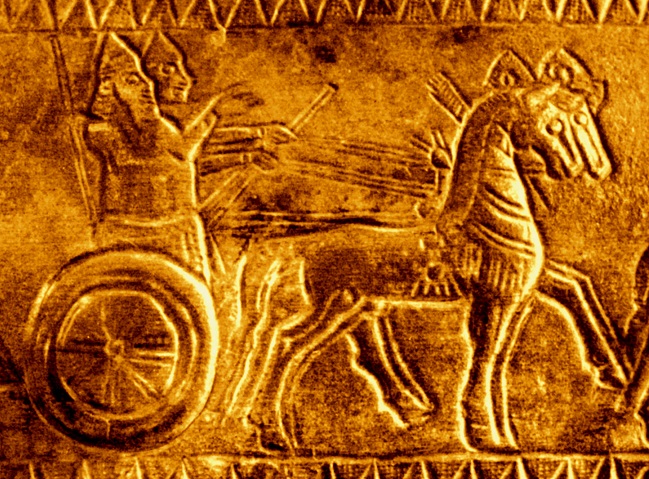
Scientists failed to establish where these people came from and to what language family their language belonged. A large number of homonyms suggests that it was tone, and therefore the meaning of words depended on intonation.
The Sumerians were one of the most advanced peoples of their time, they are the first in the Middle East began to use the wheel and created an irrigation system, invented a unique alphabet and Sumerian knowledge of mathematics and astronomy hits so far.
Basques
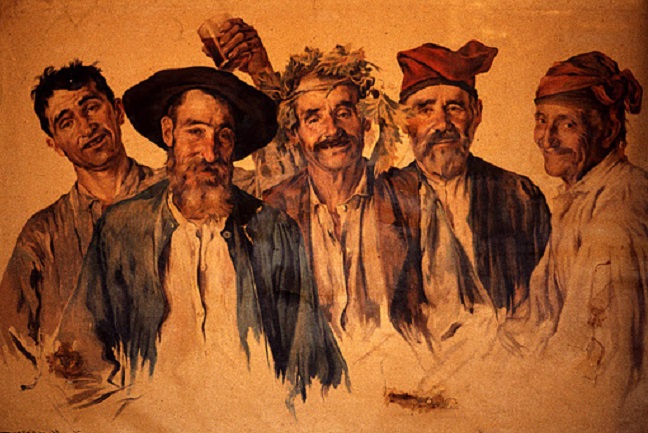
To this day it remains a mystery the age and origin of the Basque language. Basque language – Euskara, is considered the only relic language, unrelated to any existing language family now. With regard to genetics, according to a study conducted in 2012, all Basques had a set of genes, which was quite different from other surrounding nations.
Russian
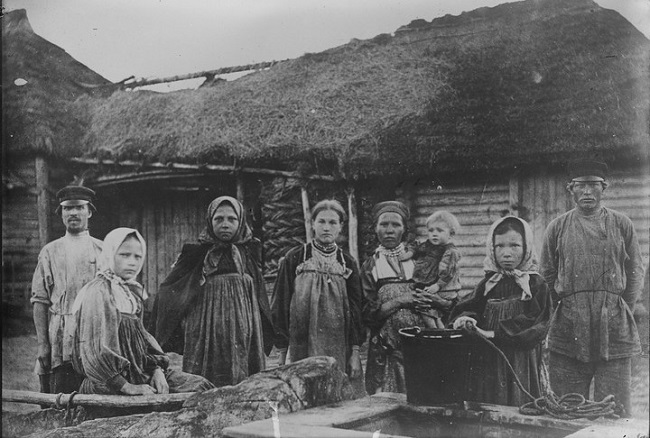
Scientists still can’t come to a consensus either about the fact when Russians became “Russians” or how, in fact, this word has appeared. The origin of these people is also a question. The Russian ancestors are supposed to be the Normans, the Scythians, and Sarmatians, and Wends, and even the South Siberian people Usuns.
The Etruscans
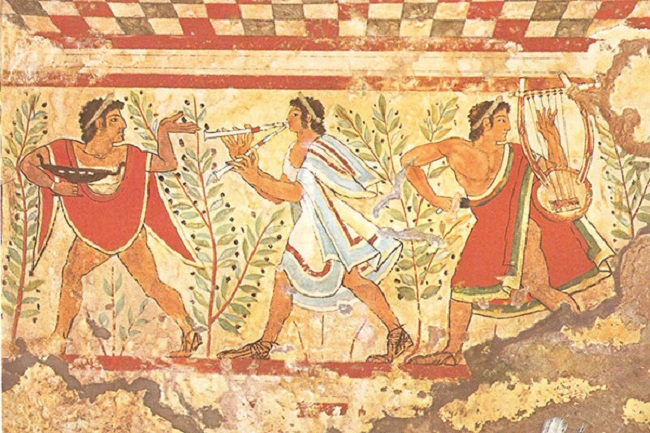
According to archaeologists, the Etruscans inhabited the north-western part of the peninsula and created there a fairly advanced civilization. The first cities of Italy were founded by the Etruscans. Some historians suggest that the Roman numerals can also be called Etruscan.
It is not known where the Etruscans disappeared. According to one version, they moved east and became the ancestors of the Slavic ethnic group. It is believed that the Etruscan language is structurally very similar to the Slavic.
Parsis
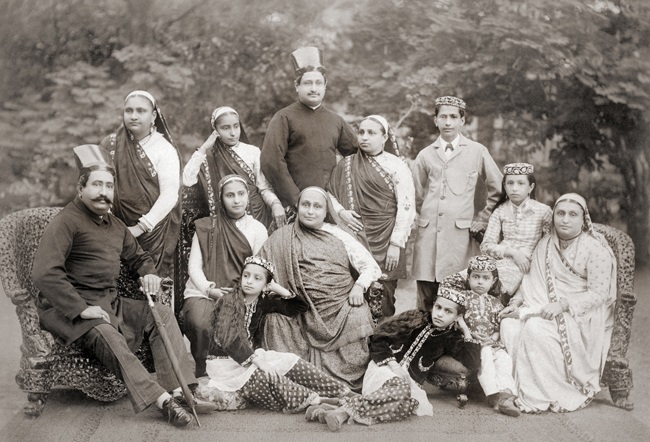
This is a group of followers of Zoroastrianism in South Asia, which has Iranian origin. Its population is now less than 130 thousand people. Parsis have their own temples and the so-called “towers of silence”, where, in order not to defile the sacred elements (earth, fire, water) they buried the dead.
Philistines

It is known that the name “Palestine” comes from “Philistia”. The Philistines are considered the most mysterious of the people mentioned in the Bible.
It says that the people have descended from the island of Caphtor (Crete), but some historians relate with the Philistines to Pelasges. Egyptian manuscripts and archaeological finds are evidence of the origins of the Cretan Philistines. What happened to the Philistines is not known, it is assumed that they were assimilated by the people of the Eastern Mediterranean.
Lapps
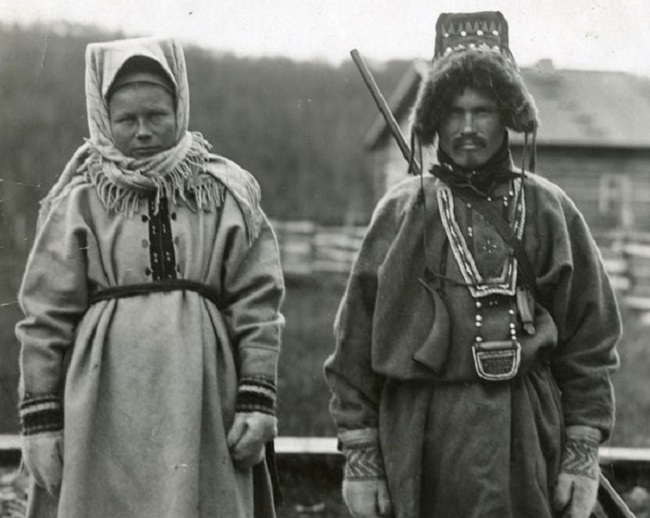
Lapps are also called Sami. The age of this ethnic group has at least 5,000 years. Some scientists believe that these people are Mongoloid. Sami language belongs to the Finno-Ugric languages, but the Lapps have 10 dialects of the Sami language, which are so different from each other that can be called independent.
Hutsuls
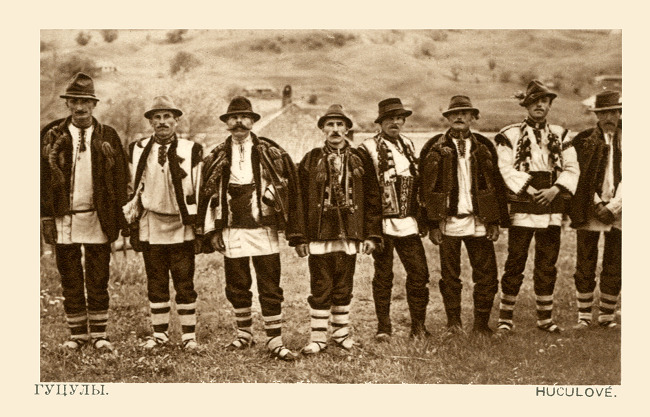
Experts are still arguing about the meaning of the word “Hutsul”. Some believe that the etymology of the word goes back to the Moldovan “gots” or “Guts”, which means “thief”, the other – the word “Cociulia”, which means “shepherd”. Hutsuls are also referred to the “Ukrainian mountaineers”. They still have strong traditions of quackery. Hutsul sorcerers are called molfars. They can be black and white.
Kalash

In the north of the mountains of Pakistan lives a small nation, whose origin is a matter of controversy among the world’s experts. Kalashes believe that they are the descendants of Macedon. The national language Kalash retained the basic structure of Sanskrit, and it is called phonologically atypical.
Khazars
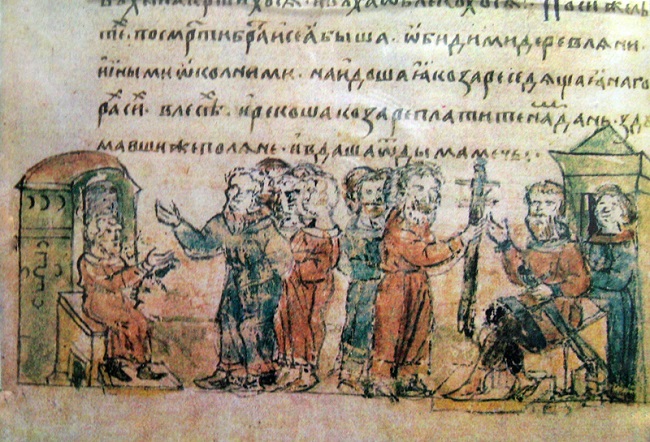
Most of the known data about these people is taken from the descriptions that were made by the neighboring people as the Khazars themselves virtually didn’t leave any information about themselves. The people appeared suddenly, and suddenly disappeared. Historians still don’t have data about its representatives as they don’t understand the language in which the Khazars spoke.
Sarmatians
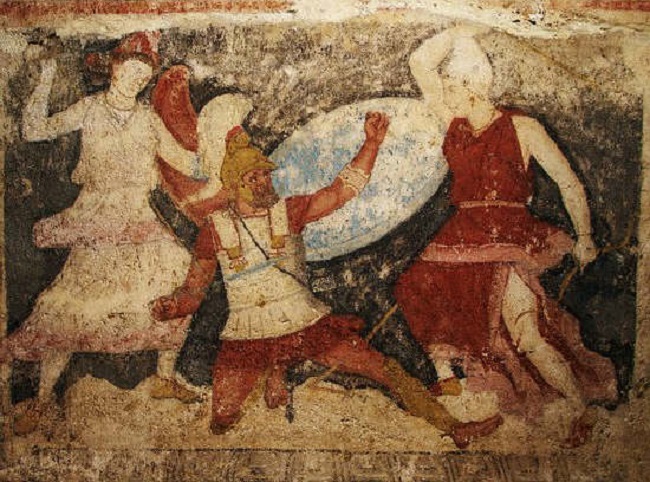
Herodotus called this nation “the lizard’s head”, Lomonosov believed that from the Sarmatians came Slavs and the Polish nobility called themselves their direct descendants, making this nation one of the most mysterious in the history of mankind. The history of this nation includes many mysteries that are still trying to unravel the scientists from around the world.
Armenians.
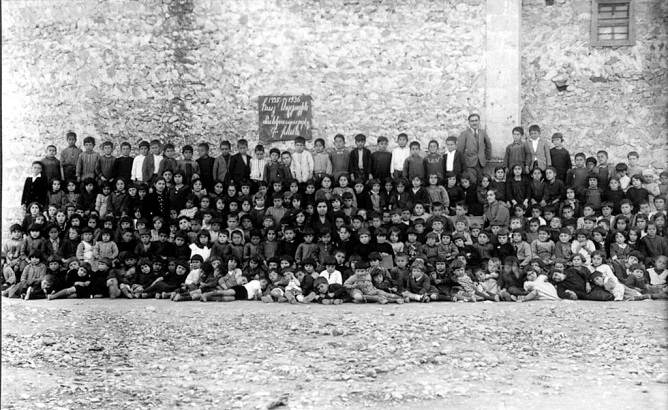
There are multitude versions of the origin of these people. Some scientists correlate the Armenian people with the ancient state of Urartu, but Urartians genetic component is present in the genetic code of the Armenians as well as the genetic component of the same Hurrits and Luvians, not to mention the Proto-Armenians.
There is also a Greek version of the origin of the Armenians, but there is no final versions of the origin of the people.
Prussians

The first time the Prussians are mentioned only in the IX century under the name Brusi in the letters of the anonymous merchant and later in Polish and German chronicles.
Linguists find them similar in many Indo-European languages and think that they go back to Sanskrit purusa, «people». There isn’t preserved any sufficient information about the language of the Prussians. The last habitant died in 1677, and the plague of 1709 – 1711’s destroyed the last of the Prussians in Prussia.
Romany
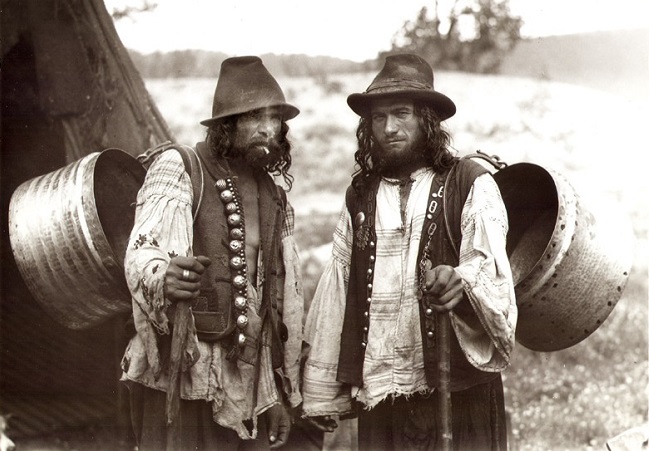
According to linguistic and genetic research, the ancestors of the Roma left the territory of India in an amount that didn’t exceed 1,000 people. Today, there are about 10 million Roma in the world. In the Middle Ages the Roma in Europe were considered the Egyptians. The word Gitanes – a derivative of the Egyptian.
Tarot cards, which are considered to be the last surviving fragment of the cult of the Egyptian god Thoth, have been introduced into Europe by the Roma. Roma embalmed their dead and buried in the crypts, where laid all the necessities of life after death. These burial traditions alive in Roma even today.
Mayan

No one knows the origin of the Maya people or where they have disappeared. Some scholars trace the roots of the Maya to the legendary Atlanteans, others believe that their ancestors were the Egyptians. Mayan civilization was very advanced, but by the time of arrival of conquistadores the Maya had disappeared.
Jews
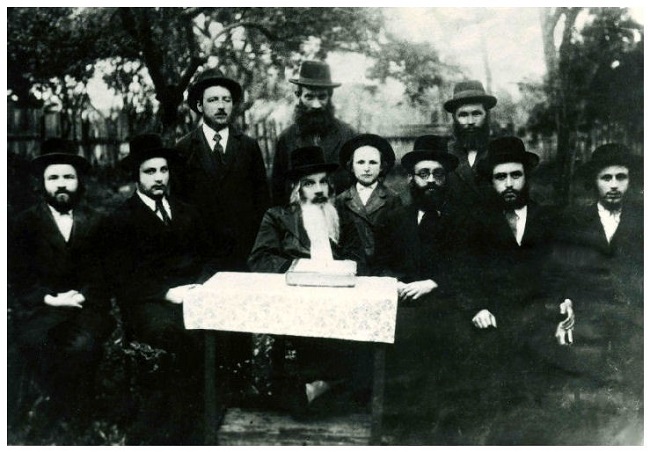
These people are considered to be one of the most mysterious of living peoples. For a long time it was thought that the very concept of “the Jews” is more cultural than ethnic.
Scientists are still arguing about what originally were Jews – the people, social class or religious denomination. At the end of the VIII century BC has entirely disappeared five-sixths of the Jews. It remains debatable and the question of the origin of Ashkenazi Jews and their proximity to the Middle Eastern Jews.
Cossacks
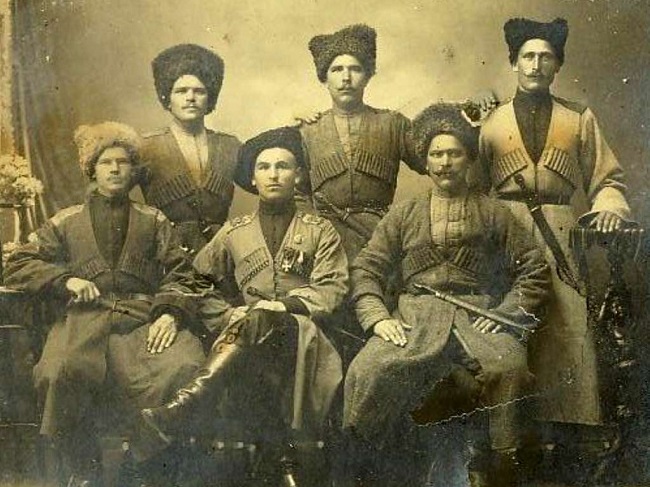
Where did the Cossacks come from still remains a mystery. It is said their home is in the North Caucasus, and in the Sea of Azov, and in West Turkistan. Cossacks pedigree is traced back to the Scythians, Alans, the Circassians, to the Khazars, the Goths, to the roamers. Supporters of all versions have their arguments.
Guanches

The mystery of how the natives of Tenerife came to the Canary Islands isn’t still solved, because they had no navy, and didn’t possess the skills of navigation.
It is known that their physical type didn’t match the latitudes where they lived. Rectangular pyramids on the island of Tenerife, like the pyramids of the Maya and Aztecs in Mexico, also cause many disputes of the historians. Scientists failed to establish either the date of construction or the purpose for which they were built.
Hittites
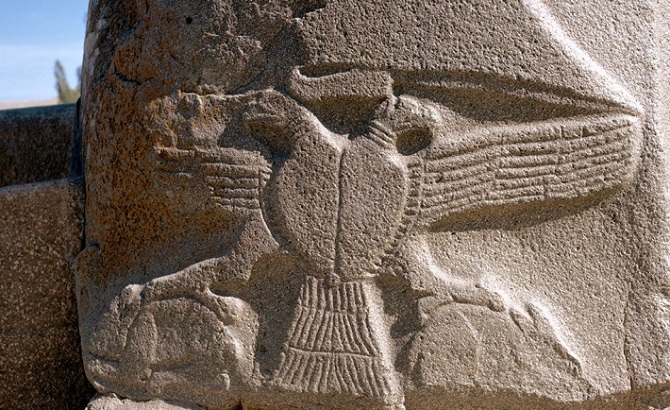
It is believed that the Hittite empire was one of the most influential forces in the geopolitical map of the ancient world.
There appeared the first constitution, the Hittites for the first time used chariots and revered the eagle, but the information about the Hittites still doesn’t give an accurate picture of this nation. The chronology of the Hittite state is known from its neighbors. But the question remains: where have gone all the Hittites?
Chaldeans
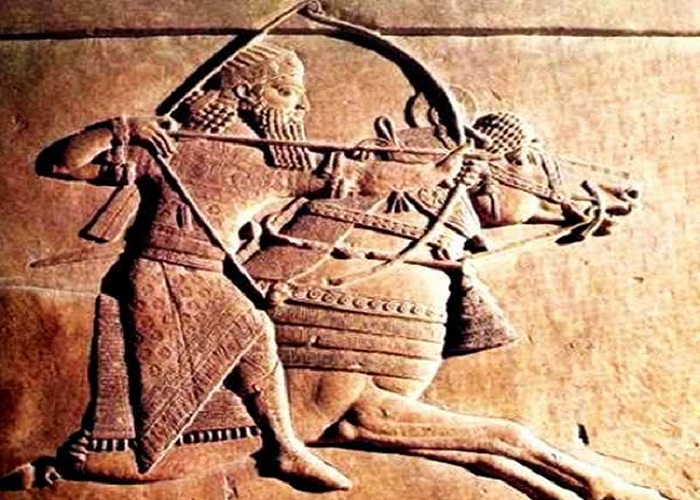
Semites-Aramaic people lived in the late II – early I millennium BC in South and Central Mesopotamia. It is known that in 626-538 BC in Babylon ruled the Chaldean dynasty, that founded the Neo-Babylonian Empire. This nation is still associated with magic and astrology. In ancient Greece and ancient Rome, priests and soothsayers of Babylonian origin were called Chaldeans.












